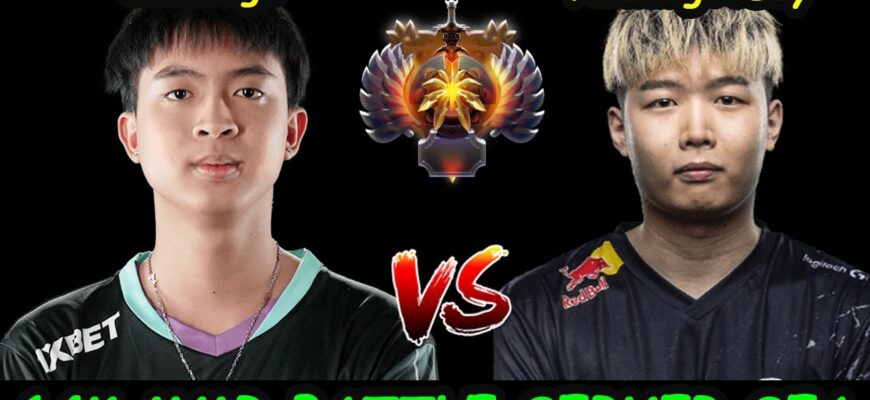In the high-stakes world of professional Dota 2, where split-second decisions dictate victory and defeat, the digital infrastructure is as crucial as individual skill. Yet, for many players, particularly in the notoriously competitive Southeast Asian (SEA) region, the virtual battleground itself often feels like the primary antagonist. This sentiment was recently, and rather emphatically, voiced by none other than Nengnara “23savage” Tiraframahanon, a prominent figure in the Dota 2 pro circuit.
The Thai carry player, currently ranked 12th on the SEA leaderboard – a testament to his consistent high-level play – took to social media to deliver a remarkably concise yet potent critique. His exact words, shorn of polite euphemisms, painted a vivid picture of his frustration:
The SEA server has peaked at being a dog shit server.
Such an unvarnished declaration from a top-tier athlete is not merely a passing grumble; it`s a digital distress signal, echoing the frustrations of countless players navigating Valve`s MOBA in the region. While 23savage refrained from elaborating on the specific grievances that prompted his outburst, the context of “dog shit server” in the gaming lexicon usually points to a familiar litany of woes. We`re talking about the insidious latency spikes that turn precise skill shots into hopeful guesses, the agonizing packet loss that warps heroes across the map like ghosts, and the dreaded disconnects that can unravel a perfectly executed team fight.
Beyond the technical hiccups, server quality can also implicitly refer to the matchmaking experience – an ecosystem often plagued by smurfs, griefers, and a general lack of sportsmanlike conduct that can turn a session into a test of patience rather than skill. It`s an environment where the game`s inherent competitiveness can sometimes be overshadowed by external factors, making the climb to the top of the leaderboard an even more arduous journey.
For a professional player like 23savage, these aren`t just minor inconveniences. They are direct threats to their practice regimen, their ability to perform consistently, and ultimately, their livelihood. Imagine an Olympic sprinter being forced to train on a track riddled with potholes; their potential is severely hampered, regardless of their intrinsic talent. In Dota 2, every millisecond counts, and an unreliable server environment can transform a meticulously planned gank into an embarrassing blunder, or a game-winning Black Hole into an empty void. The pressure to maintain peak performance is immense, and fighting the server simultaneously with five opposing heroes is, quite frankly, an unfair handicap.
The Southeast Asian Dota 2 scene is legendary for its passion, its sheer player volume, and often, its unique brand of competitive intensity. It`s a region where the game is deeply ingrained in the culture, producing some of the most exciting talents and memorable moments in esports history. However, this vibrant community also frequently grapples with infrastructure challenges that seem to persist despite the region`s importance to the global Dota 2 ecosystem. The recent criticism from 23savage, while blunt, serves as a stark reminder that even the most dedicated players are not immune to the fundamental issues of server stability.
Valve, as the developer, bears the ultimate responsibility for ensuring a healthy and equitable playing field. While they rarely comment publicly on specific server performance issues, the feedback from high-profile players often acts as a potent catalyst for internal review. The esports world relies on competitive integrity, and a server that consistently falters undermines that foundation, potentially impacting not just individual careers but the broader perception and growth of Dota 2 in a crucial market. After all, what is a grand stage without a stable platform?
23savage`s “dog shit server” comment, devoid of elaborate technical jargon, cuts straight to the core of a recurring problem. It’s a raw, human expression of frustration in a highly technical and competitive domain. While it might sound crude, its directness resonates with a player base that understands precisely what he means. It`s a call for attention, a demand for better, and a poignant reminder that even in the digital arena, the most fundamental tools must be robust enough to support the ambitions of its champions.









